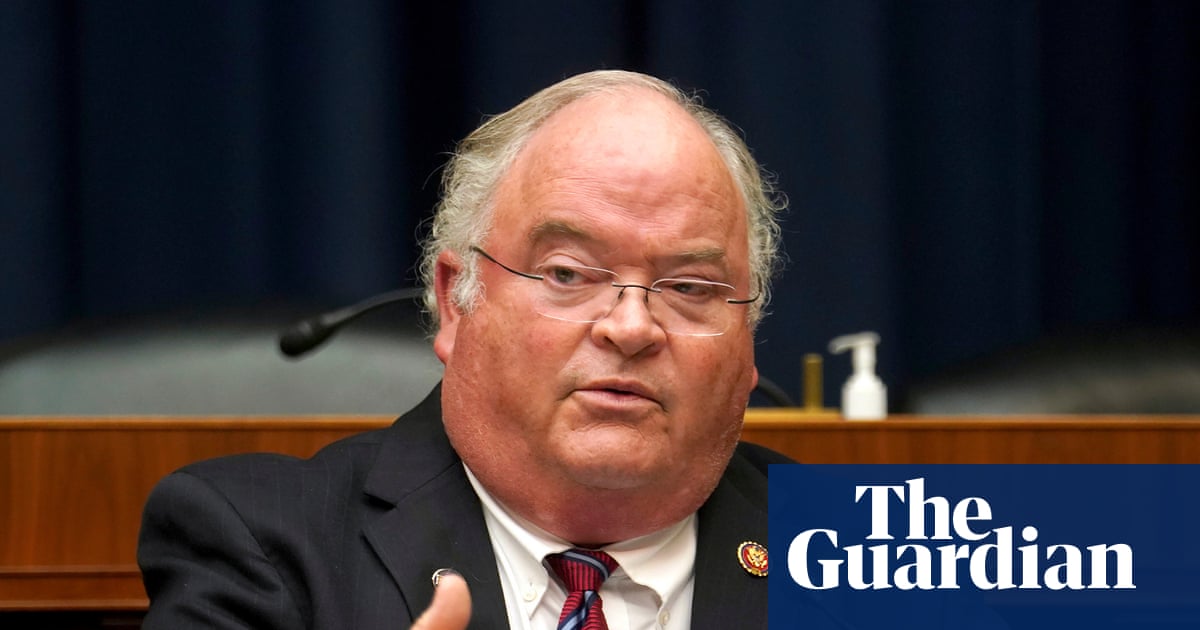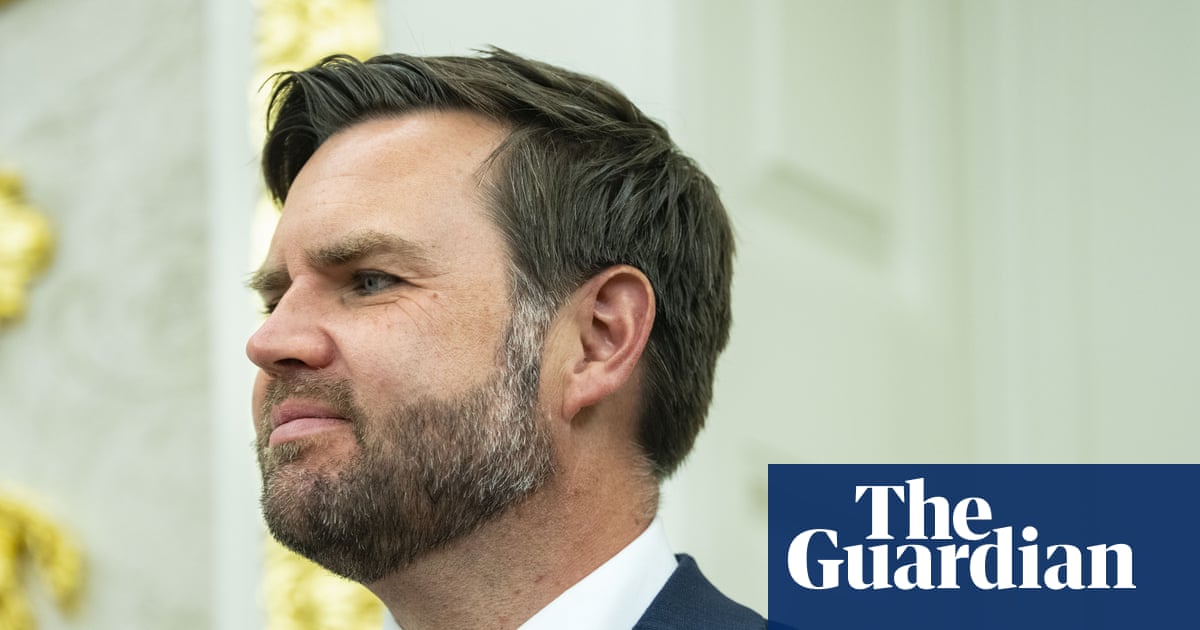Benjamin Netanyahu arrived back in Israel on Friday without a ceasefire in the Gaza war despite heady predictions from US and Israeli officials that this week could provide a breakthrough in negotiations. But he didn’t come home completely empty-handed.
The Israeli PM’s visit was his third since Donald Trump’s inauguration, with several high-profile meetings at the White House, a nomination for Trump to receive the Nobel peace prize, and suggestions from Trump and the special envoy to the Middle East, Steve Witkoff, that peace could be achieved in a week.
But as Netanyahu’s trip ended, no clear results had been achieved. Witkoff postponed a trip to Doha on Tuesday as it became clear that the negotiations had not reached a point where they could produce a ceasefire agreement.
Netanyahu repeated a refrain that a ceasefire could be announced within days. But a deal to bring peace to more than 2 million Palestinians in the Gaza Strip remained elusive.
“I hope we can complete it in a few days,” Netanyahu said during an appearance on Newsmax, a conservative, pro-Trump news network on Wednesday. “We’ll probably have a 60-day ceasefire. Get the first batch [of hostages] out and then use the 60 days to try to negotiate an end to this.”
By Thursday, when he attended a memorial service for two slain staff members of the Israeli embassy in Washington, Netanyahu said Israel would not compromise on its demands for Hamas to disband. “I am promoting a move that will result in a significant liberation, but only on the conditions Israel demands: Hamas disarm, Gaza demilitarise,” he said. “If it is not achieved through diplomacy, it will be achieved by force.”
Several officials suggested during the week that only a single sticking point remained between negotiators in Doha: the extent of a withdrawal by the Israel Defense Forces that would follow the release of some of the hostages being held by Hamas. The White House had pushed back against an initial map that would have left Israel with significant zones of control in Gaza, which Witkoff had compared to a “Smotrich plan”, referring to the hardline Israeli finance minister, Bezalel Smotrich. Israel reportedly redrew that map to make it more palatable to the US administration.
But Hamas has said there were other disagreements, including negotiations over whether the Gaza Humanitarian Fund, an Israeli and US-backed logistics group, would be allowed to continue to deliver aid to the territory (the UN said on Friday that 798 people had been killed trying to reach GHF sites since its rollout in May) and whether Israel would agree to a permanent truce, which it has said it would not. US mediators sought to bridge the gap by telling Qatari intermediaries that they would guarantee the ceasefire’s continuation after 60 days as negotiations continued.
The upshot is that while Netanyahu leaves the US without a ceasefire, he has managed his relationship with Trump through high-profile assurances that he is seeking a peace in Gaza, while maintaining a status quo that members of his rightwing coalition, including the ministers Smotrich and Itamar Ben-Gvir, have said is preferable to a peace deal.
For Netanyahu, the trip produced images that reinforced Israeli claims there was “no daylight” between him and Trump, and came as the US secretary of state, Marco Rubio, announced a decision to impose sanctions on Francesca Albanese, a UN expert on the occupied Palestinian territories, for urging the international criminal court to investigate Israeli officials and US companies over the Gaza war.
Trump’s frustrations with Netanyahu appeared to be boiling over one month ago as the US president sought to negotiate a truce between Iran and Israel, which had been trading airstrikes and missile barrages as Israel sought to dismantle the Iranian nuclear programme.
“I’m not happy with Israel,” he said on the White House lawn. “We basically have two countries that have been fighting so long and so hard that they don’t know what the fuck they’re doing.”
That recalled remarks by Robert Gates, a former US secretary of defence, about successive White House administrations’ difficulties in managing an ally in the region that also had considerable political influence in the US.
“Every president I worked for, at some point in his presidency, would get so pissed off at the Israelis that he couldn’t speak,” Gates said.
But a full breach with the US would have been disastrous for Netanyahu, who is managing his own difficult coalition and has been targeted in a graft investigation at home that was again delayed as a result of his international travel. And in the wake of joint strikes against Iran, the Israeli PM was keen to show that the two men were in lockstep, while giving the Trump administration an opportunity to show it was working toward a Gaza peace.
The Trump administration has sought, as it did during the first short-lived ceasefire, to bring “pressure to bear on Israel directly – that is, through discussions with Netanyahu and his chief lieutenant, Ron Dermer, and trying to bring pressure on Hamas mostly through the Qataris, when there are these talks in Doha,” said Elliott Abrams, the senior fellow for Middle Eastern studies at the Council on Foreign Relations. “Now, whether that pressure is effective is unclear.”

 German (DE)
German (DE)  English (US)
English (US)  Spanish (ES)
Spanish (ES)  French (FR)
French (FR)  Hindi (IN)
Hindi (IN)  Italian (IT)
Italian (IT)  Russian (RU)
Russian (RU)  4 weeks ago
4 weeks ago
























Comments